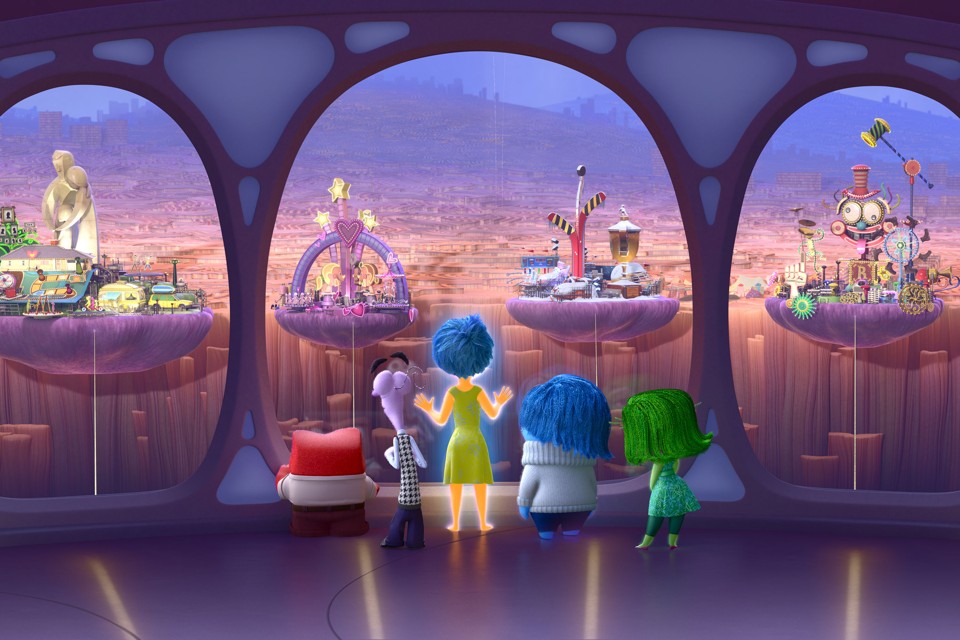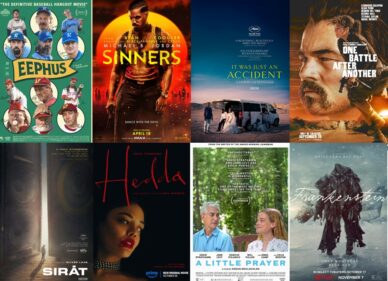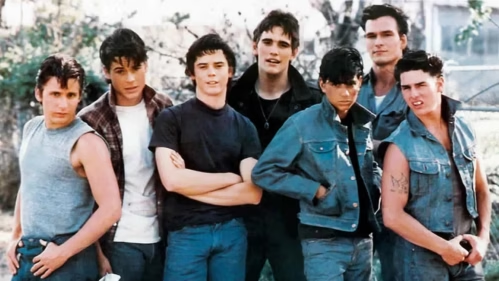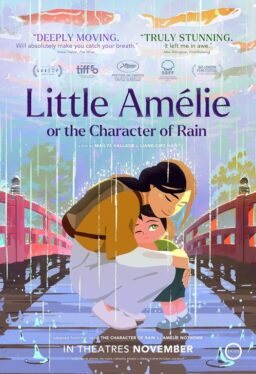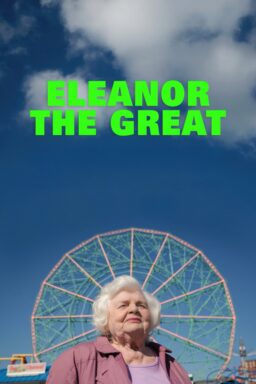The December issue of monthly web magazine Bright Wall/Dark Room is entitled “Reflections on 2015,” of which we are pleased to share an except from here at RogerEbert.com. In addition to this piece on “Inside Out“ by Chad Perman, the issue also features pieces on “Mad Max: Fury Road,” “Carol,” “Spotlight,” “Crimson Peak,” “Saint Laurent,” “Magic Mike XXL” and more. Read more excerpts here and you can buy the magazine on your iPhone and iPad here, or sign up for the web-based online version here.
Like many parents, I spend an awful lot of time trying to
figure out why my kids are doing what they’re doing at any given moment. Some
of this is simply part of the job—anticipating certain behaviors before they
actually happen can save a parent a whole lot of time on the backend—but a
large part of it, for me anyway, is also borne out of pure curiosity and awe.
How on earth did I create this wonderful and fascinating human being—and why in
the world did they just do that.
In the absence of any real understanding, most of us parents
make one of two common mistakes: viewing our kids as “little adults”
(tiny-sized versions of people with mature brains, who can thus be reasoned
with logically) or projecting our own childhood stuff onto them (I felt this way when that used to happen, so that
must be how they’re feeling now).
Both, for rather obvious reasons, miss the boat, no matter how
well-intentioned. For whatever reason, it’s almost impossibly hard for us to
get out of our own way at times, and see our children as they actually are.
Of course, all of this is even further complicated by the
fact that what they are is constantly
changing. While basic temperament is often set as early as infancy, a whole
host of other personality facets develop throughout childhood. My kids are both
shaping their environment and being shaped by it on a daily basis, learning and
absorbing things constantly, and building autobiographical
memories along the way. So, as much as my wife
and I like to think we’ve figured them out, they’re always surprising us.
And, as “Inside Out”
suggests, it’s only going to get a lot more complicated from here on out.
*
Eleven-year-old Riley is growing up. She’s trying her best
to be happy, sensing how much this is expected of her and how badly her parents
need it to be true. But she’s not. The family has just relocated from Minnesota
to San Francisco, and she’s had to leave behind everything she’s ever really
known. It’s hard enough to do at any age, but it’s especially difficult for
someone approaching adolescence – even if Riley had stayed put in good ol’
Minnesota, a whole lot of change was still headed her way.
The genius of “Inside
Out,” as everybody knows by now, is that the majority of the film takes
place not externally, but rather inside Riley’s brain. And that brain is, well,
freaking out. At the main control panel, overseen by her five basic
emotions—Joy, Anger, Sadness, Fear, and Disgust—chaos erupts. Joy (Amy Poehler),
a manic pixie fount of eternal optimism who ran the show for most of Riley’s
childhood, has been accidentally displaced from central headquarters. She’s
chasing after Sadness (Phyllis Smith), an Eeyore-like teardrop of melancholy
that none of the other emotions seem to know what to do with. With Joy and
Sadness gone, it’s up to Fear (Bill Hader), Anger (Lewis Black), and Disgust
(Mindy Kaling) to temporarily run the show.
And, after they make a proper mess of things, the whole emotional
system begins to malfunction. The various personality “islands” that have
anchored Riley’s life begin to collapse. The center no longer holds, internally
or externally. In desperation, Anger gives Riley the idea to run away, and she
takes it. Meanwhile, Joy and Sadness journey together through various parts of
Riley’s brain—Imagination Land, Abstract Thought, a Dream Production studio, an
Unconscious prison, the Memory Dump—before finally catching The Train of
Thought back to headquarters, hoping they’re not too late.
*
Finding words to describe any internal experience almost
immediately makes that experience less confusing. If we can communicate
something to ourselves or others, especially with a story or an idea, we can
begin to make sense of it and better navigate the terrain. One of the very best
things about “Inside Out” is the
framework it provides to its viewers, taking big huge chunks of complicated
neuroscience and psychology and breaking them down into an easily digestible
and engaging narrative. Beyond how inventive and entertaining it is on its
surface—how smart and funny and relatable the whole thing feels—it’s doing
something even more important (and, hopefully, long-lasting): it’s giving us a
new way to understand ourselves.
And while all of this is undoubtedly exciting, what’s even
more exciting is the way an improved cultural understanding of these things—how
emotions work, interact, and adapt to shape our everyday experience—could play
out on a larger scale over the years to come. Imagine a world where “Inside Out” is a part of the common
vernacular, a film every kid grows up with, internalizes, and uses to make
sense of things.
This is not merely theoretical to me. As the father of two
kids under the age of ten, I hope they absorb what “Inside Out” has to say, both in an educational sense and a thematic
one. We’ve watched the film together twice now—first as a family in a movie
theater when it initially came out last summer, and a second time earlier this
week, when I told them I’d be writing about it and needed them to be my
co-reviewers. They were immediately all kinds of excited—Joy is still the
primary driver in their young minds—gathering up paper and pens “to take notes
like reviewers do.” And they did their job well, each taking nearly three pages
of notes about what they did and didn’t like—and how certain moments made them
feel—throughout the film. I expected to get a few adorable tidbits from them
for this piece, but what I hadn’t expected was how revelatory the whole
experience would be, for all of us.
After the movie ended, they told me about the parts that
made them happy and sad and scared, and how some scenes made them feel more
than one emotion at once. They asked questions about why some emotions were
left out of the story—especially Curiosity, which they both agreed is “one of
the main ones”. They wondered where the piano parts of their brain would be, or
the parts that liked to create things; they asked if their brains really had a “Memory
Dump” where some memories go away forever. “I don’t think I like that,” my son
said. “Is there a way to not have to have it?”
After talking things through with them, it seemed clear that
while they enjoyed the film and laughed a lot, the larger overall message was
not lost on them at all. “We need all the emotions,” my daughter said. “They
all do important things.”
*
By the time Joy and Sadness finally get back to headquarters, Riley is
on a bus to Minnesota. This is clearly a terrible idea, but without Joy and
Sadness around, Riley has become numb to the world around her. The emotions
need to get through to her quickly, to help her find another way to deal with
her situation. Previously, this would have been Joy’s province, righting the
ship through exuberance and can-do, buckle-up optimism. But after spending so
much time with Sadness on their journey—and realizing that she is not only
useful but essential—Joy steps aside and cedes control over to her.
And then Sadness steps up and saves the day.
Perhaps the most amazing thing about “Inside Out,” then, is that it’s a big-budget, mass-market Hollywood
studio movie that embraces sadness as a necessary thing. Think about the last
time you saw a film, an animated kids film no less, that did anything remotely
like that. Not a film that was sad, or portrayed sadness, but one that actually
made sadness something of a hero; something that pointed toward embracing
emotional congruence as the best way forward, rather than an endless pursuit of
happiness. It goes against most every grain in American media and culture,
where happiness is often promoted as the only thing worth aiming for and sadness
is thought to be a sign of weakness. “Inside
Out” says, clearly and loudly and repeatedly, that things just don’t work
that way. We aren’t supposed to be happy all the time—we can’t possibly be—and the
more doggedly we pursue an idealized notion of happiness, the less often we
actually feel the real thing.
*
Recently, my daughter had to fill out a “self-inventory”
sheet for a homework assignment, one of those fairly basic things we all had to
fill out at some point as kids (“What is your favorite subject?”, “What do you
like to do for fun?”). I sat next to her at the kitchen table as she worked her
way through it, glancing over at her answers from time to time. One of the last
questions on the sheet was “What do you like best about your personality?” She
stopped to think about it for all of two seconds, before writing “I like that I
am usually happy.” It was short and sweet and absolutely true. And, because
we’d just watched “Inside Out” two days
before, it kind of broke my heart. Not for the answer itself—I’m enormously
glad that she usually feels happy—but rather for the future Her, the one who
will somehow be turning eleven years old in just two years. Because that answer
will change. Science
says so, psychology says so, my own childhood says so. That “happiness
baseline,” which makes up such a large part of childhood for those of us
fortunate to be raised in even halfway decent environments, will decline. Not
because of anything she does, or we do, or anyone else does. Simply because
time will pass and she will get older.
I can’t pretend to know
how I’ll feel when this happens, with either one of my kids. I can’t imagine it
will be easy. I’m a sentimental guy with a photographic memory, and I can still
vividly remember almost every single day of their lives. So much of it has been
filled with happiness, mine and theirs. Sadness, anger, fear, and disgust too,
sure, but mostly in small doses. So when it finally does happen, when they
start to grow up and lose some of their natural childhood joy and
self-confidence, I’ll likely need to watch “Inside
Out” all over again. I’ll need a reminder that it’s okay to embrace my own
sadness around the passing of time and all it takes from us, and that being
with this sadness will eventually create the space within me for a different
kind of joy. I’ll need a reminder that all of our emotions are necessary and
important—that each one colors in the others and makes a life whole.
